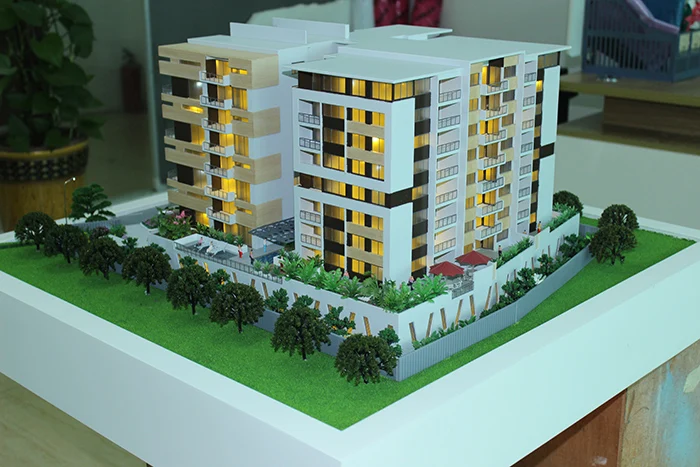Conceptual Modelling
Essential Idea: A conceptual model originates in the mind and its primary purpose is to outline the principles, processes, and basic functions of a design or system.
Designers use conceptual modelling to assist their understanding by simulating the subject matter they represent. Designers should consider systems, services and products in relation to what they should do, how they should behave, what they look like and whether they will be understood by the users in the manner intended.
Definition: A model that exists in the mind used to help us know and understand ideas.
The Role of Conceptual Modelling in Design
Conceptual modelling is the abstraction of a simulation model from the part of the real world it is representing. Abstraction implies the need for simplification of the real system and for assumptions about what is not known about the real system. In other words, all simulation models are simplifications of the real world.
Conceptual models are:
- a model of concepts or ideas (abstract) that exist in the mind
- used to help us know and understand, design thinking, ideas, casual relationships, principles, data, systems, algorithms or processes
- used to illustrate relationships that is in the designers mind to others
- able to help explain the thinking behind new ideas
- able to help us communicate with other members of design team, manufacturer, or client
- able to help us visualize ideas through graphic, physical, and virtual models


Conceptual Modelling Tools and Skills
How conceptual models are used to communicate with oneself and others:
Graphical Model A visualization of an idea, often created on paper or through software, in two or three dimensions.
Physical Model The creation of a smaller or larger tangible version of an object that can be physically interacted with.

Virtual Model Photorealistic CAD-based interactive models that use surface and solid modelling. They can be considered ‘digital mock-ups’.

Flow Chart Modelling Modelling in flow charts to demonstrate how the system works, including the user experience
Conceptual Models Vary in Relation to the Context
Advantages and Disadvantages
Advantages
- Shares the 'big picture'
- Makes it easy for non-designers and non-technical people to understand a complex idea
- communication with clients and users
- communications with team members
- ability to manipulate ideas better than with drawings alone
- helps establish proportion
- gauge peoples' reaction to concept or idea
Disadvantages
- lacks detail
- can be misinterpreted
- scale models can be misleading
- Materials may not reflect the final choice; difficult to emulate
- simplicity of model can lead to vital aspects of a concept being left out.




No comments:
Post a Comment